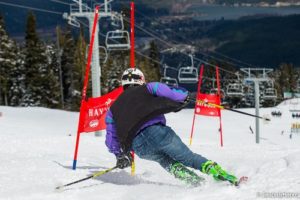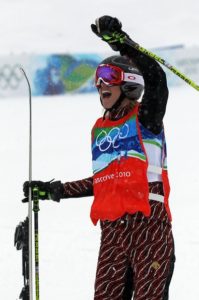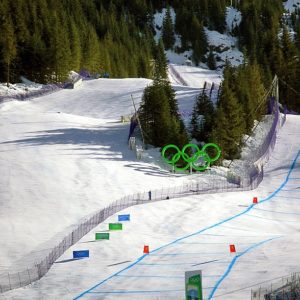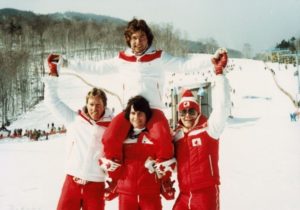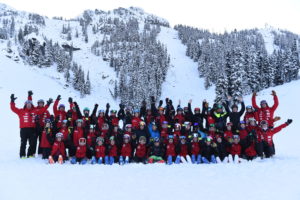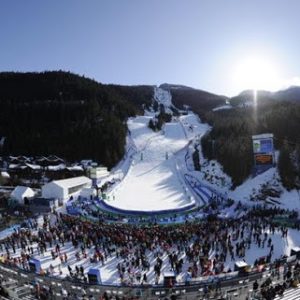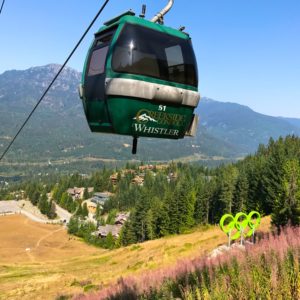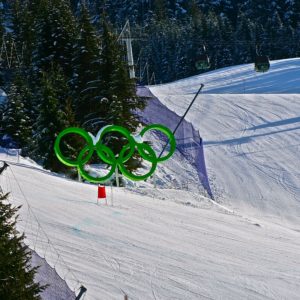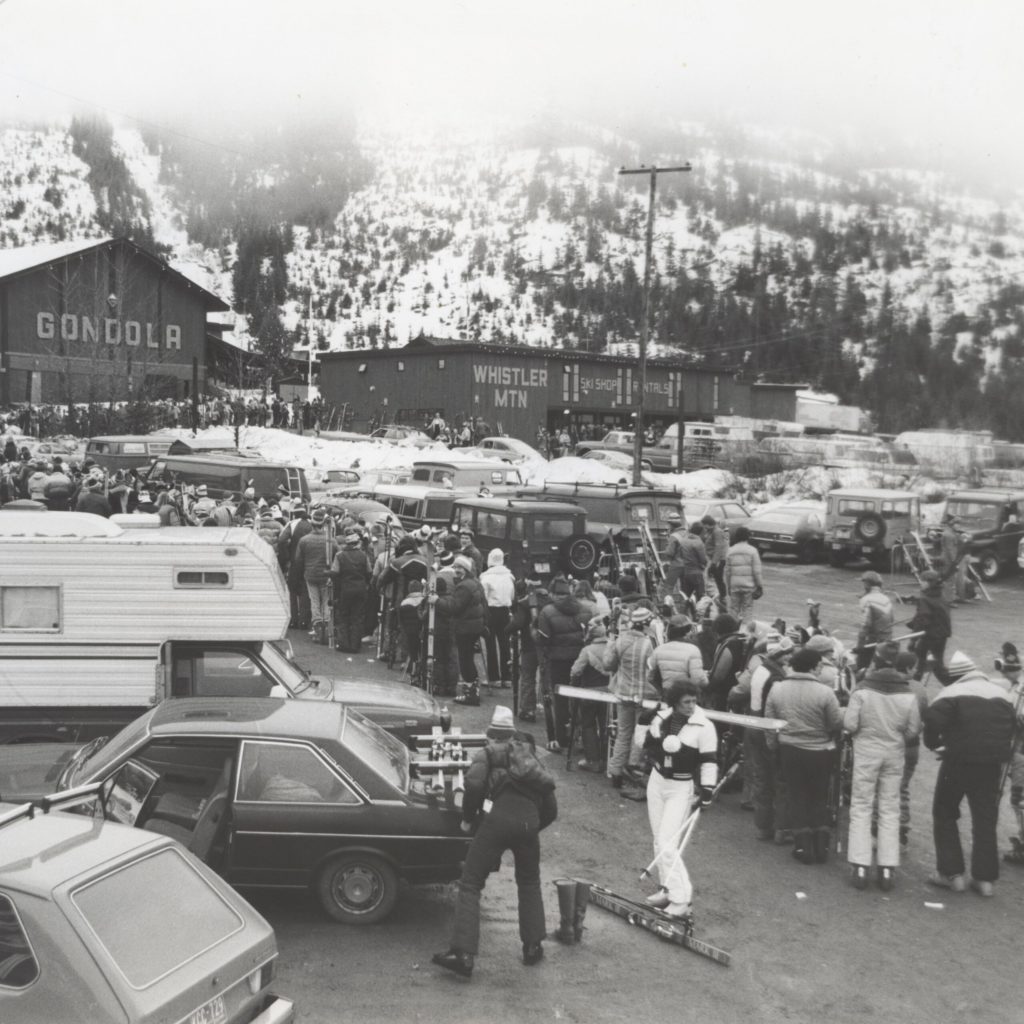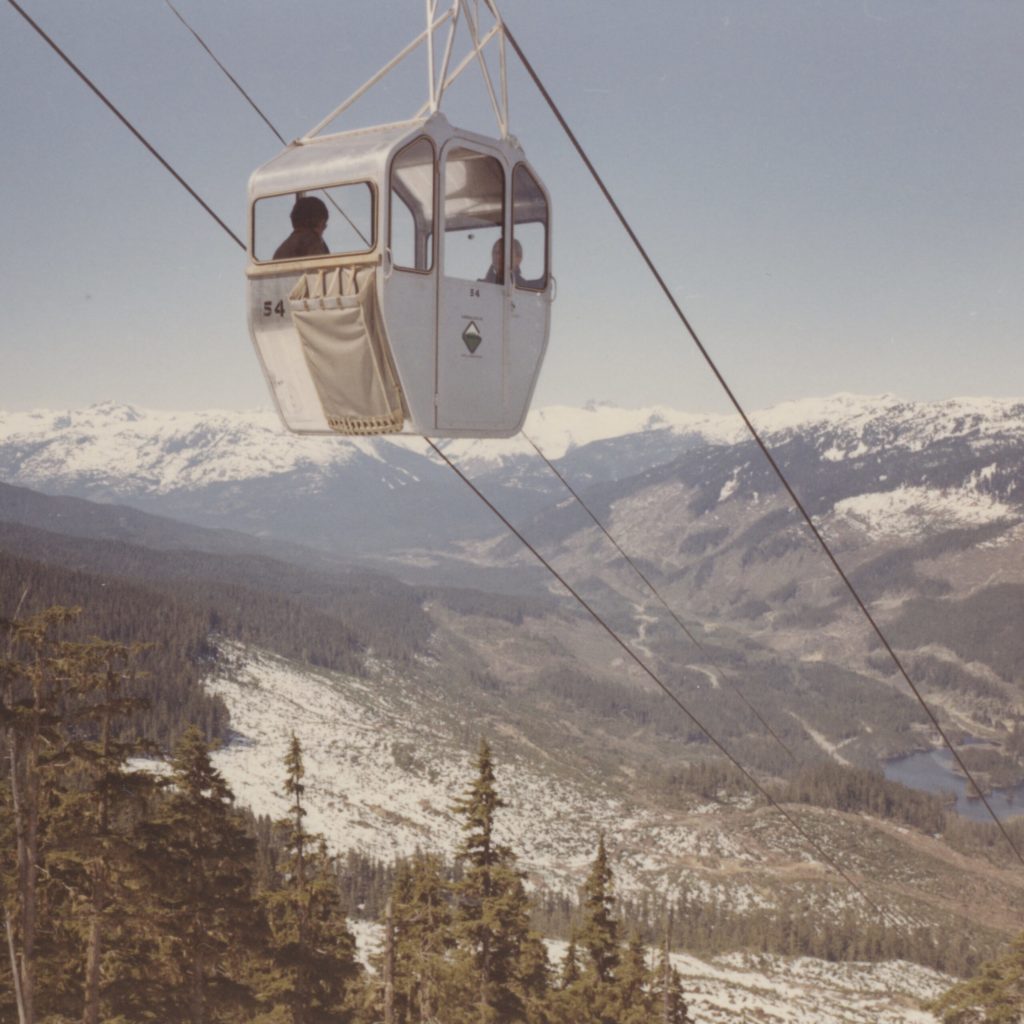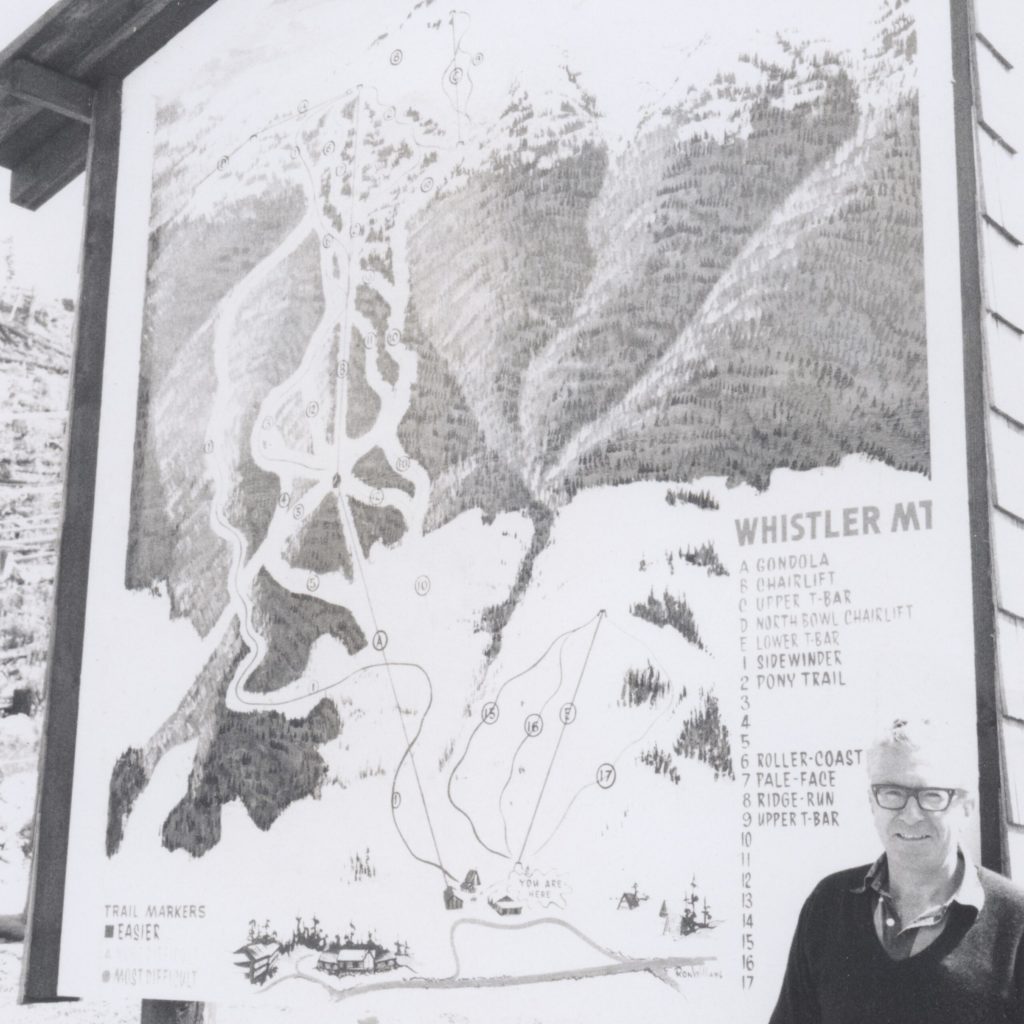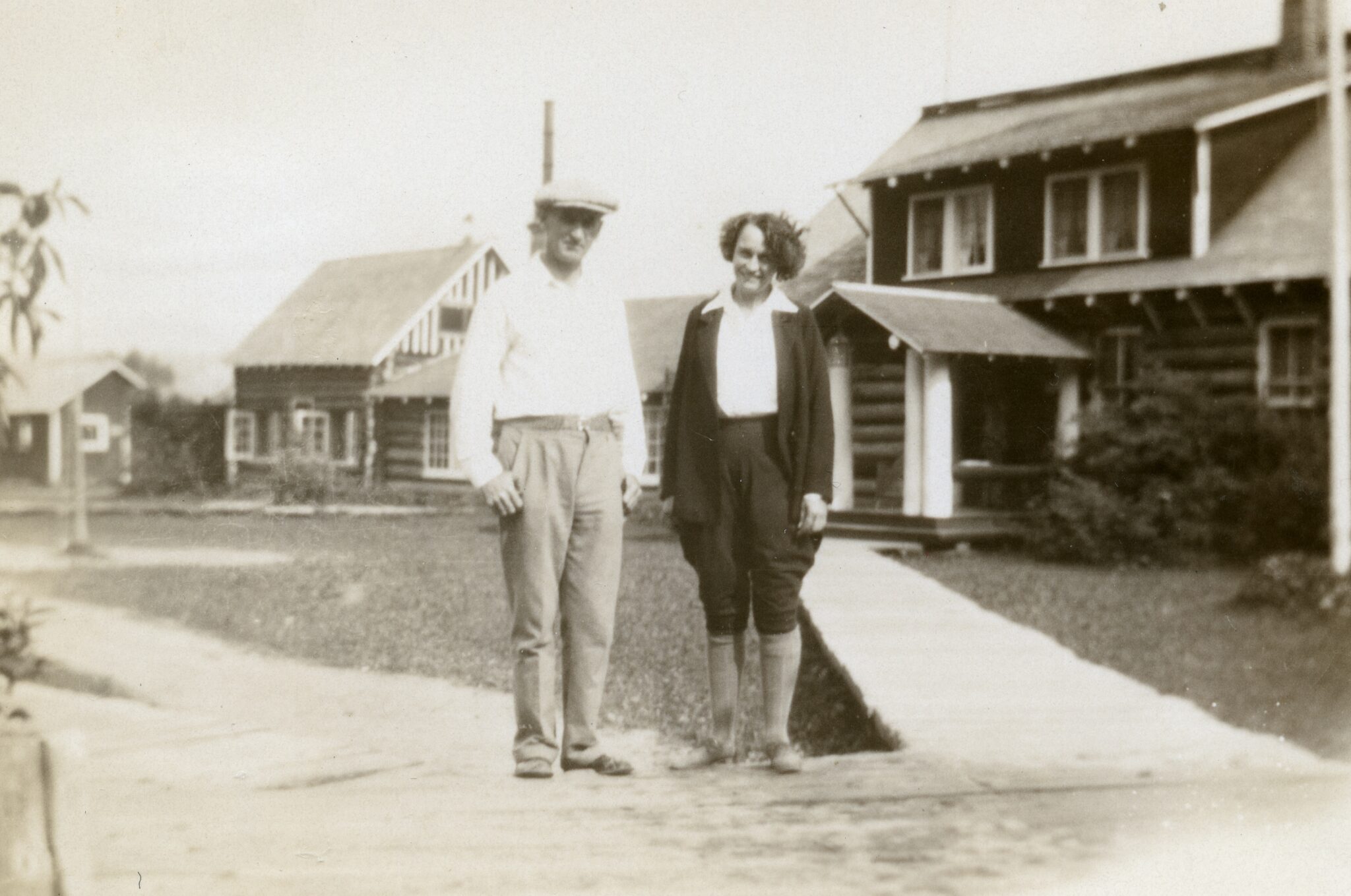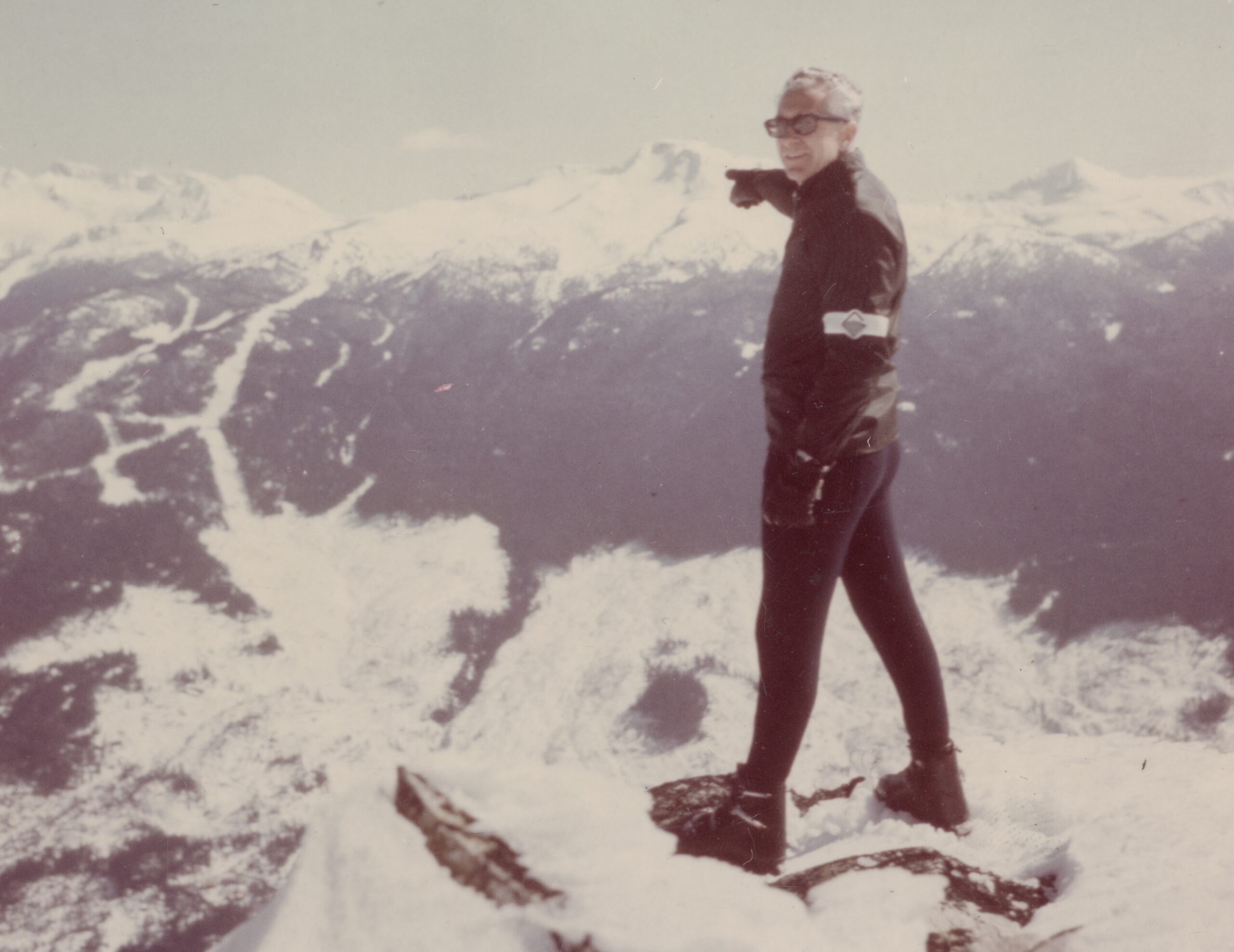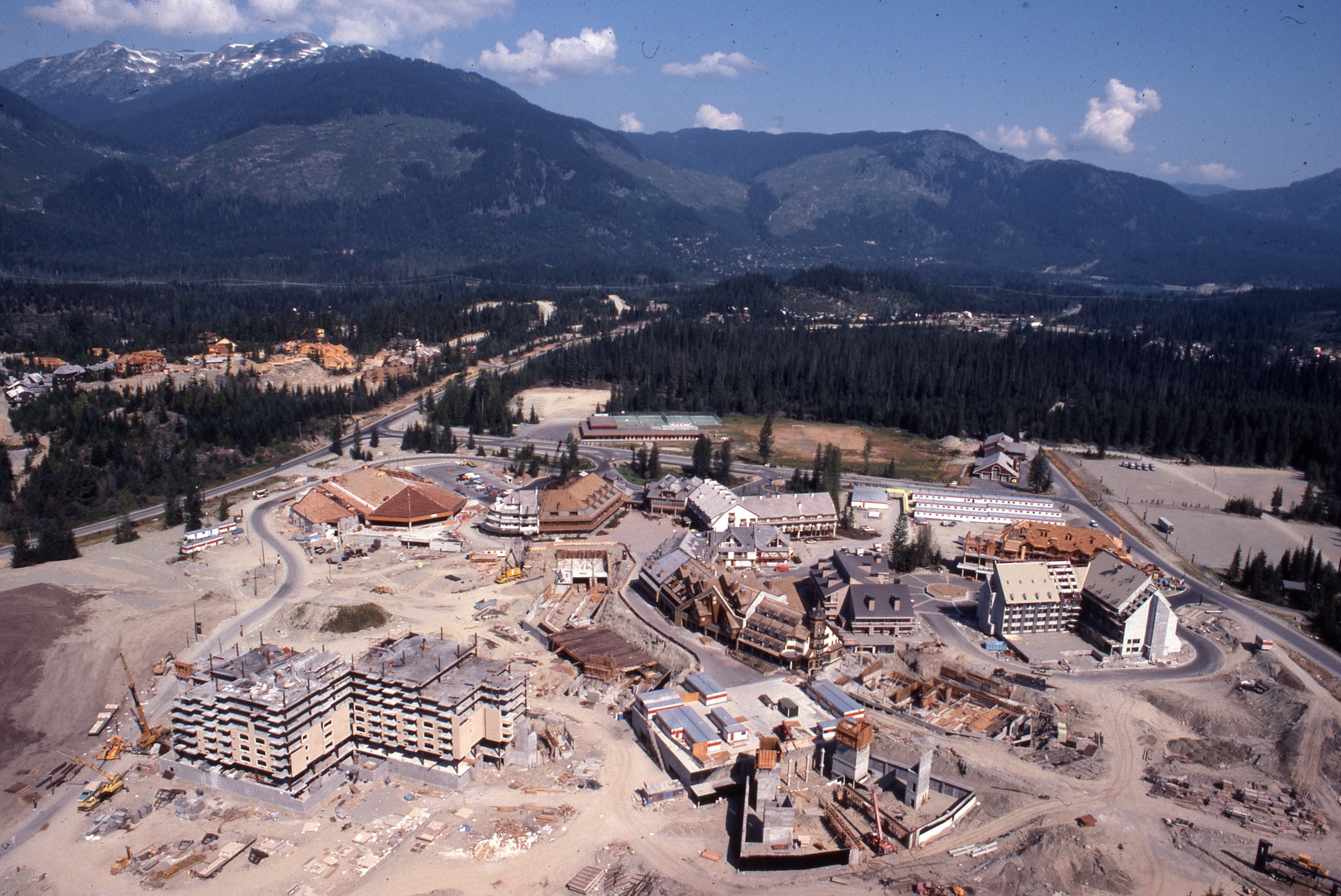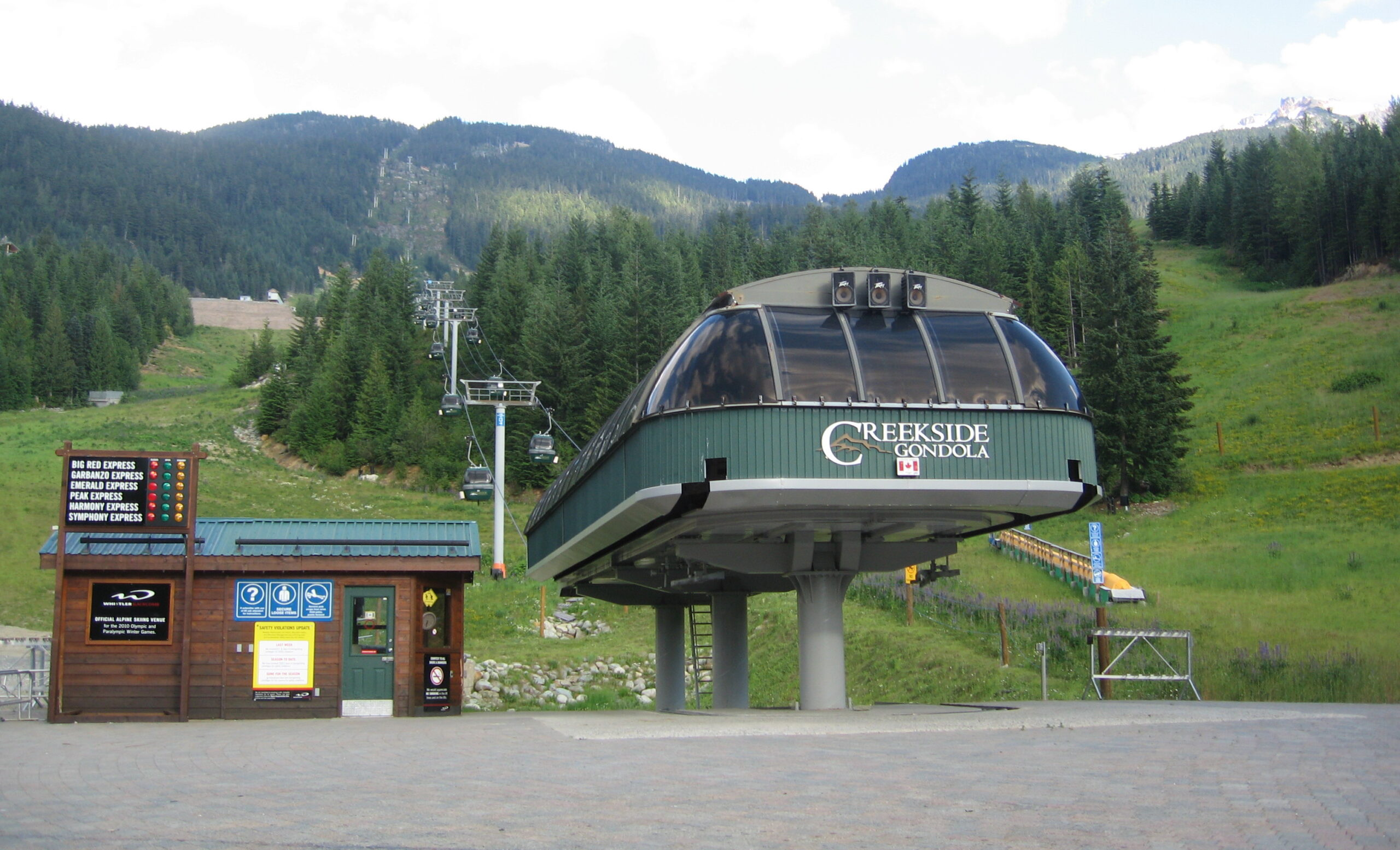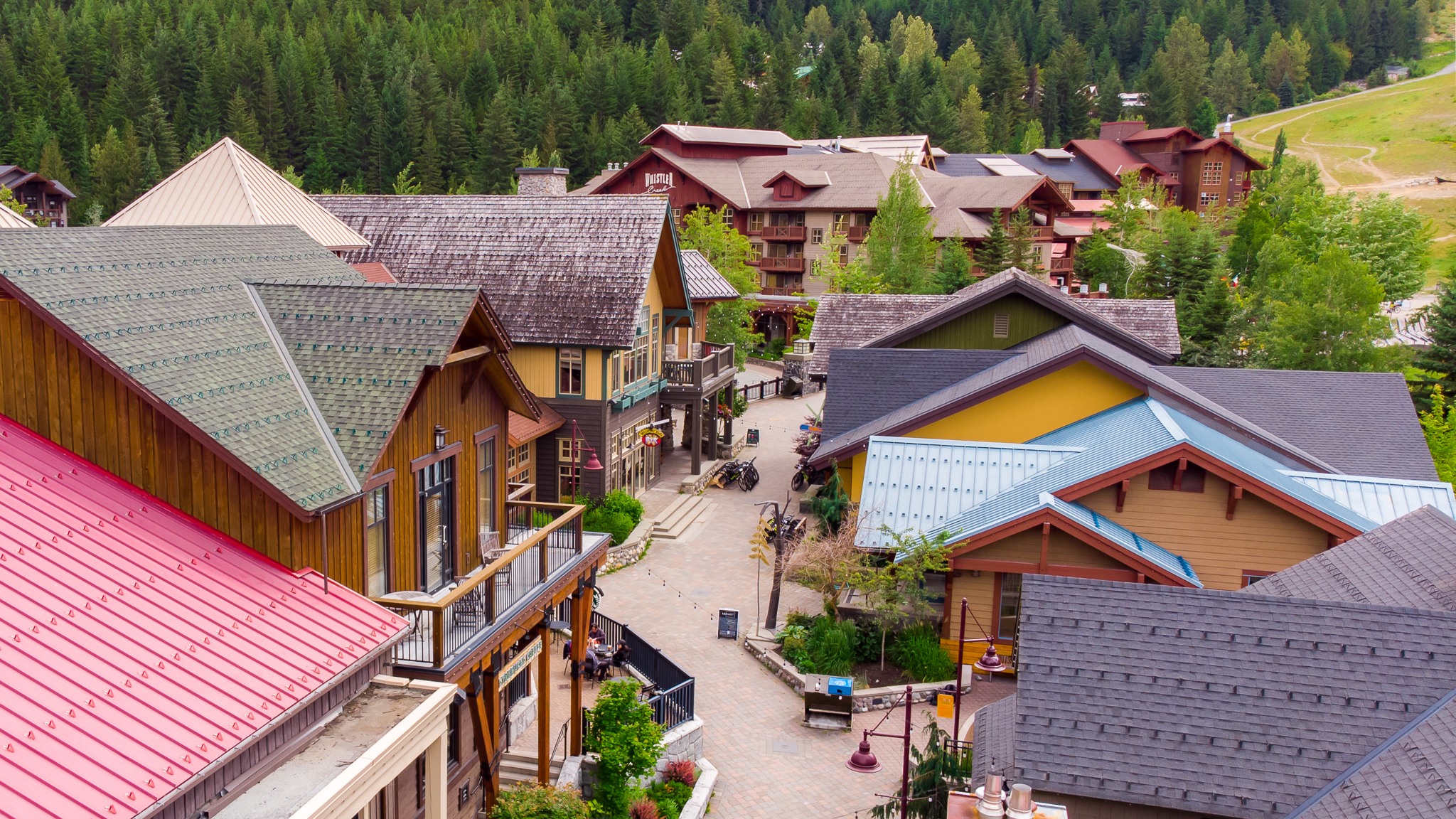History
2010 OLYMPIC LEGACY
The 2010 Winter Olympic Games Alpine Skiing events were held in Creekside, Whistler. This venue is one of the legacies that can be skied while in Whistler.
2010 Winter Games work was completed in 2007. The venue had undergone $27.6 million in upgrades in preparation for the events. This included adding extra width to the existing men’s course, the creation of a new women’s course on Franz’s Run, doubling the snowmaking capacity, and widening the finish corral. The finish lines are on the slopes of Whistler mountain and at an altitude of 810m.
Creekside hosted the Alpine events between February 13th 2010 through to February 27th 2010. The Dave Murray Downhill was the run that featured the men’s events. This is the second longest downhill in the world. Wild Cart, Lower Jimmie’s Joker, Franz’s Run and Lower Dave Murray Downhill were all the runs used for the women’s and Paralympic events. Both courses have a spectacular jump, called Hot Air, into the finish, where 7,700 spectators were watching from.
During Games time, the entire Creekside base was transformed to accommodate facilities such as wax cabins, the athletes lounge and security check posts. A temporary chairlift was also installed at Creekside to carry spectators, athletes and officials from the base area to the timing flats.
After the 2010 Winter Games, the temporary structures were removed, but all other improvements and infrastructure remained in place. Changes to the runs were considered positive and advantageous for ongoing operations of Whistler Blackcomb and provided enhanced training, racing and recreational ski opportunities.
Ashleigh McIvor: Ski Cross
Ski Cross athlete Ashleigh McIvor won gold in that same 2010 Olympic Ski Cross.
“It’s still so hard to put into words,” she says of the entire Games. “It still feels like it was all a dream. Or magic — out of this world energy, positive vibes, everyone running on a higher frequency so that the power of the collective was much stronger than the sum of its parts. I somehow managed to channel that into the performance of a lifetime.”
Maelle Ricker: Snowboard Cross
Local snowboarder Maelle Ricker had already competed at two Olympics and was a two-time X-Games champion heading into 2010. Her victory in Snowboard Cross made her the first woman ever to win Olympic gold on home soil.
Tyler Mosher: Cross-Country Skiing
Whistler snowboarder Tyler Mosher suffered a spinal cord injury in 2000 and spent the seven years prior to 2010 working towards his goal of competing as a cross-country ski athlete at the Paralympic Games.
Justin Lamoureux: Snowboard Halfpipe
Hockey played a big role in snowboarder Justin Lamoureux’s 2010 experience, although placing seventh in Snowboard Halfpipe was admittedly also a highlight.
Kristi Richards: Freestyle Skier – Moguls
After finishing fourth in the qualifying round, Kristi lost a ski and crashed during her final run. Showing incredible poise, she retrieved her ski, clicked back in and finished her run — stomping her second jump (a back flip with a full rotation) to the roaring cheers of her Canadian fans at the bottom.
Mercedes Nicoll: Snowboard Halfpipe
Whistler snowboarder Mercedes Nicoll first represented Canada in a World Cup competition in 1999 at age 16. She competed in four Olympics during her professional career; the 2010 Games were her second. Mercedes placed sixth at the 2010 Olympics Snowboard Halfpipe.
Julia Murray: Ski Cross
Julia Murray blew the anterior cruciate ligament (ACL) in her knee one month prior to the 2010 Games. Julia raced despite her injury, advancing to the second round and placing 12th overall. Julia was selected to carry the Olympic torch and pass it to Canadian ski legend (and teammate of her late father, Crazy Canuck Dave Murray), Steve Podborski.
Dave Irwin, Ken Read, Dave Murray and Steve Podborski were the Crazy Canucks – young, wild, and skiing as fast as they could.
Dave Irwin, known as “Thunder Thighs”, learned to ski on Loch Lomond, the ski area his father Bill developed in Thunder Bay, Ontario. A speedster who was known for his spectacular falls, Irwin was also a strong competitor, making nine top 10 finishes before retiring from competition in 1981. He currently acts as the Chairman of the Dave Irwin Foundation for Brain Injury, a charitable organization he founded in 2002 following his remarkable survival and continued recovery from a brain injury he suffered in 2001.
Ken Read, became the first North American to win a World Cup downhill race. Read continued to appear on the World Cup podium 14 times with five wins throughout the next 10 years of his skiing careers. Since then, the two-time Olympian stayed active in the Canadian sports world by serving with the Canadian Olympic Association since 1981.
Dave Murray, who grew up skiing on Whistler Mountain, earned three World Cup podium finishes. The downhill course at Whistler has been named the “Dave Murray Downhill.” It hosted many world cup races and the 2010 Winter Olympics and has been noted as being among the best in the world.
Steve Podborski, the youngest on the team, had sheer guts. He grew up skiing at the Craigleith Ski Club, Ontario. Podborski earned 20 World Cup podium finishes between 1978 and 1984. Podborski raced in two Olympics, winning a bronze medal at the 1980 Games. Since leaving the competitive arena, Podborski has worked with the Canadian Olympic Association, and has sat on the organizing committee of the 2010 Winter Olympics in Vancouver.
The Crazy Canucks challenged the European ski establishment and changed the course of ski racing history in Canada. Their success would inspire the national ski program and succeeding generations of alpine racers.
Since 1968 the Whistler Mountain Ski Club has been Developing Champions! WMSC is dedicated to the development of able-bodied and paralympic snow sports (specifically Alpine Ski Racing) from entry level ages to Masters in all disciplines including Slalom, Giant Slalom, Super G, Downhill and SkiCross. Each season they anticipate more than 160 young racers to actively participate in their programs. The Club is a not-for-profit organization run by parents and associates. Their members have extensive experience in organizing National and International events and a large selection of athletes on the Provincial and National Teams attests to the premier level of the Club’s ski racing programs.
The Club founded the Whistler Cup, which has evolved into a world-class junior event. The event attracts over 400 racers from 20 countries, promising some of the best competition in the world for young alpine ski racers. Their coaching staff at the Club is world class with national team level coaching experience. The WMSC has a talented and enthusiastic group of Canadian Ski Coaches Federation trained and certified coaches whose positive results in competition over the last few years has rated their program as one of the best in Canada. The WMSC partners with both Whistler Blackcomb and Descente.
They are a member of both the British Columbia Alpine Ski Association and Alpine Canada Alpin competing under the rules of the International Ski Federation
THE ORIGINAL
In 1965, the name of Whistler Mountain was officially changed from the previous name London Mountain, after the sound of the whistling hoary marmots. From 1962 through to 1965 Garibaldi Lifts Limited developed the area of Creekside for skiing access to Whistler Mountain in the hopes to win the bid for the 1968 Winter Olympics.
By the fall of 1965 several lifts had been installed, including: a four-person gondola to the mountain’s mid-station, a double chairlift to the alpine tree line, and two T-bars. A day lodge and six ski runs accompanied these new lifts.
Finally, on January 15, 1966 Whistler Mountain officially opened for skiing from the Creekside base, and a new era in Canadian skiing began. With the amazing terrain and great snow conditions, Whistler Mountain skiing operations were an instant success. One issue that arose was the road at the time, a logging road only plowed on a Saturday. Later in 1966 the road to Whistler from Vancouver was paved solving that problem.
The Blue and Green chairlifts were added in 1970, providing access to additional terrain. In 1972 these were joined by the Olive and Orange chairlifts. A parallel lift to the Green Chair to alleviate crowds came in 1974, and the Little Red Chair came in 1978. The Roundhouse, an on-mountain lodge and restaurant, was completed in 1980. This new lodge provided respite for cold skiers who had survived the long ride up on the Red Chair.

